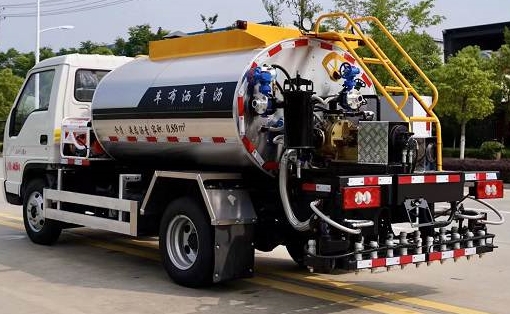Emulsion SBS asphalt concrete requirements for equipment
The requirements for SBS asphalt emulsification equipment are very high. The micro powder machine must have a sufficiently large driving force and can bear the condensation type. Because the temperature requirements of the emulsion SBS asphalt process are relatively high, the emulsified asphalt should be passed through a heat exchanger before feeding to reduce the emulsified asphalt temperature to below 90°C to prevent the emulsified asphalt from breaking due to excessive temperature.
The application scope of SBS modified emulsified asphalt is very wide. According to the nature of the construction, it can be used in new construction, renovation, and reconstruction projects; according to the nature of the project, it can be used in overhaul, equipment overhaul, and maintenance projects. Among them, the actual application projects include micro-surfacing, cold regeneration, cold mixing and cold paving, adhesive layer, permeable oil, slurry seal, gravel permeable layer, fog permeable layer, road moisture-proofing, SBS membrane, ground seam filling, and all other projects that can use emulsified asphalt.
The requirements for SBS asphalt emulsification equipment are very high. The micro powder machine must have a sufficiently large driving force and can bear the condensation type. Because the temperature requirements of the emulsion SBS asphalt process are relatively high, the emulsified asphalt should be passed through a heat exchanger before feeding to reduce the emulsified asphalt temperature to below 90°C to prevent the emulsified asphalt from breaking due to excessive temperature.
The application scope of SBS modified emulsified asphalt is very wide. According to the nature of the construction, it can be used in new construction, renovation, and reconstruction projects; according to the nature of the project, it can be used in overhaul, equipment overhaul, and maintenance projects. Among them, the actual application projects include micro-surfacing, cold regeneration, cold mixing and cold paving, adhesive layer, permeable oil, slurry seal, gravel permeable layer, fog permeable layer, road moisture-proofing, SBS membrane, ground seam filling, and all other projects that can use emulsified asphalt.
SBS asphalt concrete has become the main modified material type at present because of its ability to significantly improve high-temperature resistance to asphalt pavement, ultra-low temperature crack resistance and improved aging resistance, and has been widely recognized and used.
For SBS asphalt concrete, due to its high viscosity, it needs to be emulsified at a higher temperature and a large shear stress should be used. Compared with general asphalt emulsifiers, the demulsifier of emulsion SBS asphalt concrete should have the following characteristics:
(1) Have high water absorption to increase the phase transition temperature (PIT) of the demulsifier to adapt to higher emulsion temperature;
(2) Have high electron density or large volume of hydrophilic groups to provide higher electrostatic stability, or provide stronger steric hindrance effect to improve the settlement reliability of large dispersed particles;
(3) Stronger surface activity to reduce the particle size of emulsified asphalt.



































